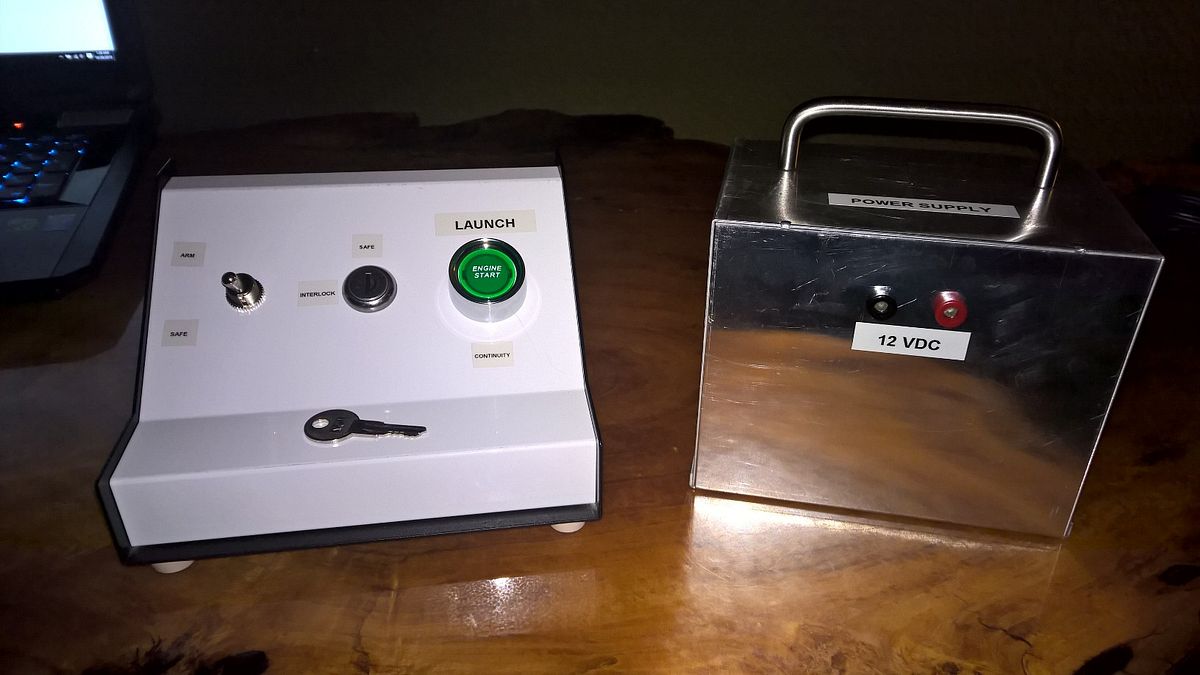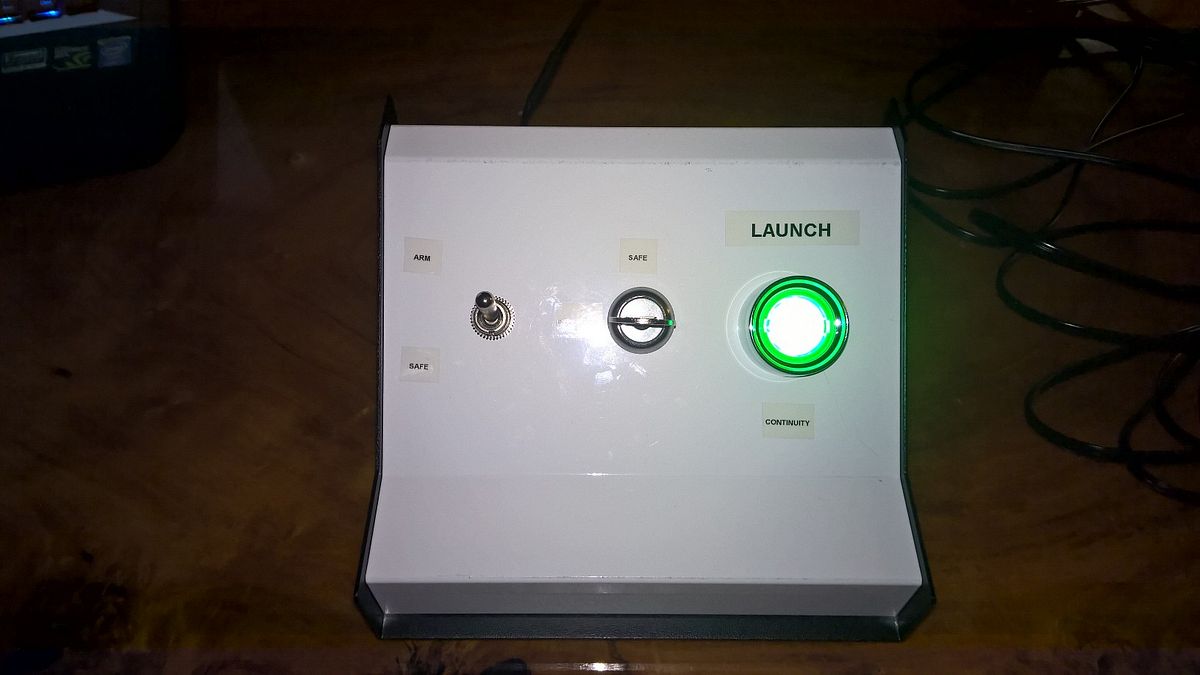Flash
Well-Known Member
- Joined
- Jan 22, 2009
- Messages
- 639
- Reaction score
- 48
Has anyone used these 5/8" mount hole size LED's for ignitor continuity tester on launch controller? Don't want to have the LED fire the Estes or Aerotech first fire ignitors. They are rated at 15 milliamp draw from what I am reading. They meet the 12 volt requirement to. I'm getting ready to build a homemade launch controller. The last one I built, I used all radio shack stuff with regular 12 V low milliamp incandescent bulbs. It worked great, finally sold it to a boy's scout group because I wasn't needing anything but a single launch pad controller, but now I'm taking the lead with my elementary school two or three times a year, so I have a need for one that can handle four rockets at a time.
I also enjoy the build to, so I'm not interested in a factory model.
I'm going with the tried and true simple design based on the Estes type of controller but with a few extra safety items.
I'm going with what I call aircraft style flip switches, one for main power and one for each of the four launch pads. When you flip the main, a radio shack door chime alone with a LED Light will light up showing the controller is Armed, they you flip each of the launch pad switches for each pad that has a ready to fly rocket on it, at which time the LED continuity light will come on, all is needed then is push the fire control button.
I attached a picture of the LED's in question, as mentioned, they are rated at 15 milliamp draw. Any parts recommendations would be great to. I will post a list of some of the main parts I'm looking at using for any thoughts.
Thank you!

I also enjoy the build to, so I'm not interested in a factory model.
I'm going with the tried and true simple design based on the Estes type of controller but with a few extra safety items.
I'm going with what I call aircraft style flip switches, one for main power and one for each of the four launch pads. When you flip the main, a radio shack door chime alone with a LED Light will light up showing the controller is Armed, they you flip each of the launch pad switches for each pad that has a ready to fly rocket on it, at which time the LED continuity light will come on, all is needed then is push the fire control button.
I attached a picture of the LED's in question, as mentioned, they are rated at 15 milliamp draw. Any parts recommendations would be great to. I will post a list of some of the main parts I'm looking at using for any thoughts.
Thank you!











